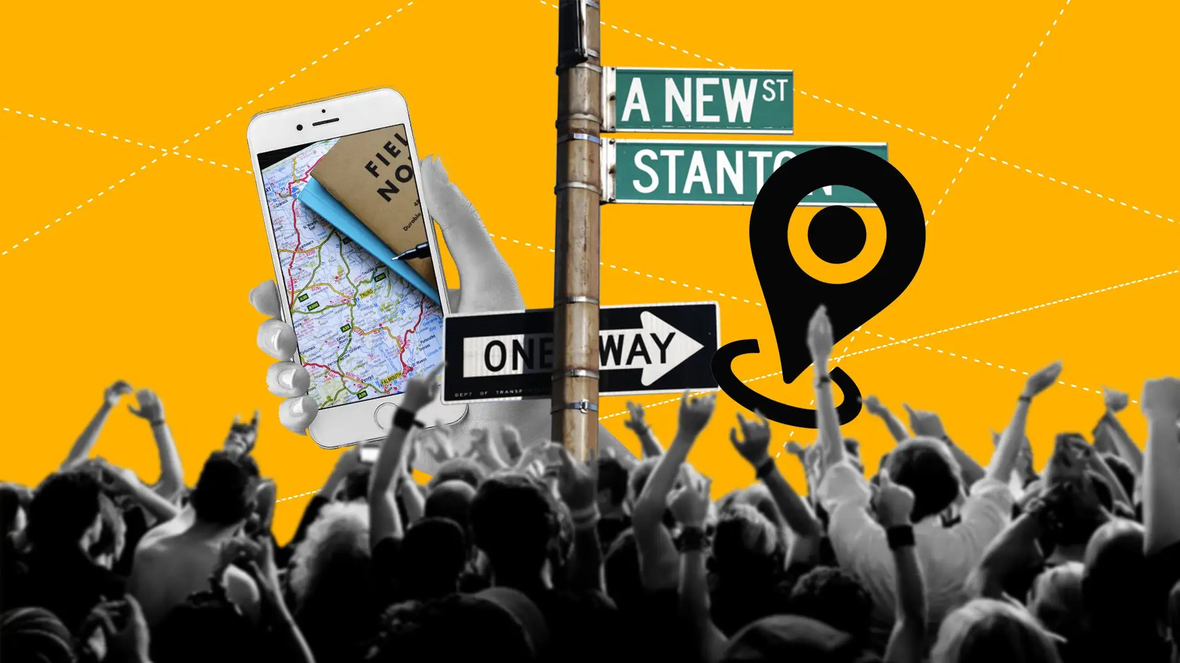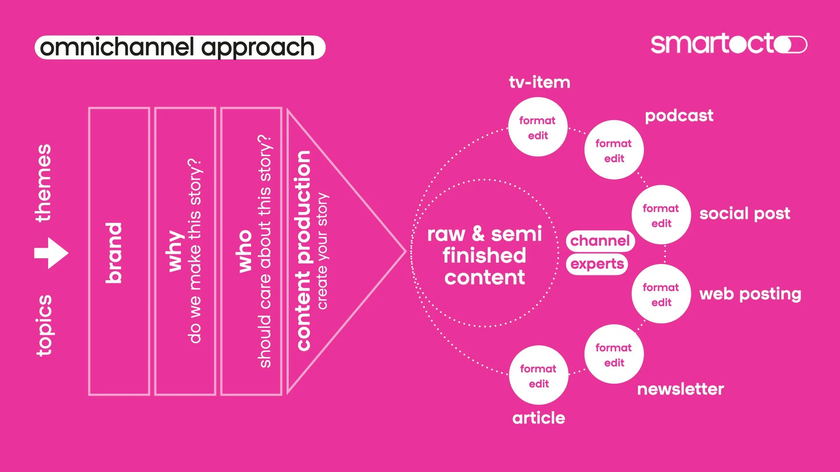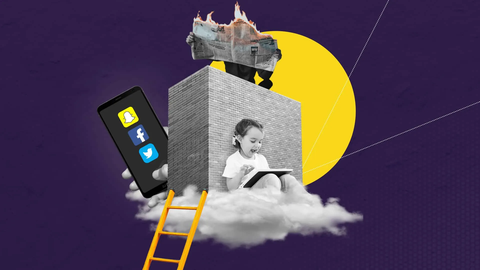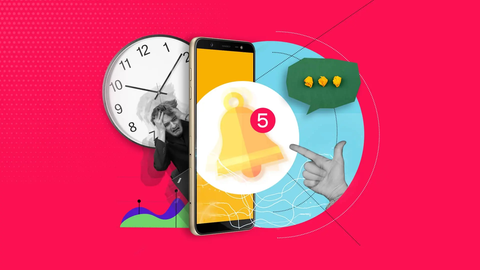While the average reader casually switches from paper, to app, to Facebook, to website throughout the day, many publishers still approach these channels as different silos. But a well-wrought omnichannel content strategy relies not only on the strengths of each separate channel. It also seeks to create maximal synergy between them. This will allow you to serve and reach your audience in the best possible way and create richer experiences and bigger impact. What's more, an omnichannel presence provides you with multiple places to get in touch with, and reach new, readers. And having a great omnichannel content strategy even beats cookies.
When getting started with an omnichannel strategy, there are a couple things to keep in mind:
- Don't treat every channel as a traffic driver for your website. Focus on creating value everywhere.
- Choose your channels wisely. Where is your target audience active?
- Every channel has its own identity. Create content formats to match.
The right approach for every channel
An omnichannel strategy benefits from powerful formats and improves along with the frequency of your posts on the different channels. The most effective approach is to map out your knowledge of each channel and actively learn from everything that happens there. Treating your social channels like islands is likely to counteract your efforts and not yield the expected results. The trick is to create multiple forms for your stories, optimised for each channel.
Ideally, you would appoint channel experts in your organisation. Their specialised knowledge will help you discover what does and does not work, and how to capitalise on that.



